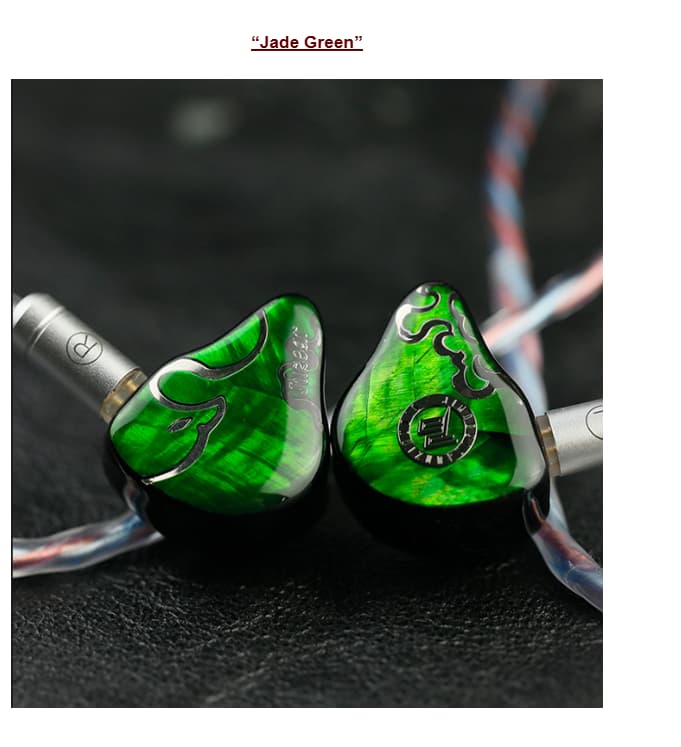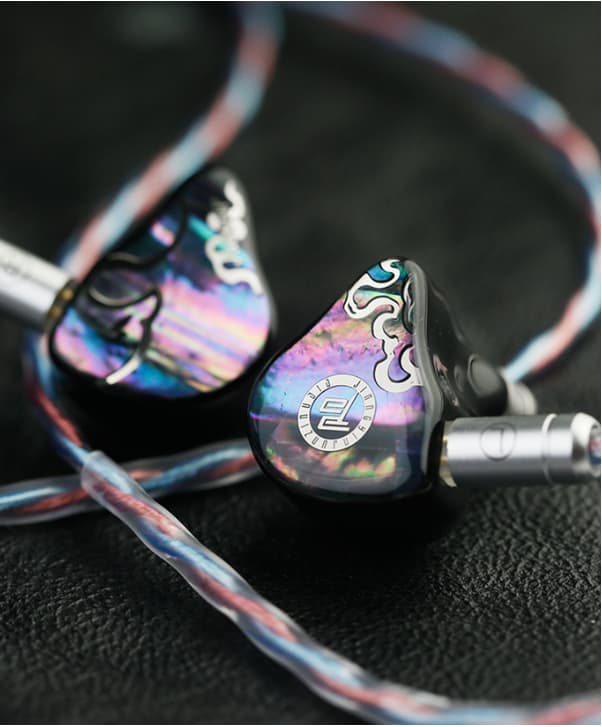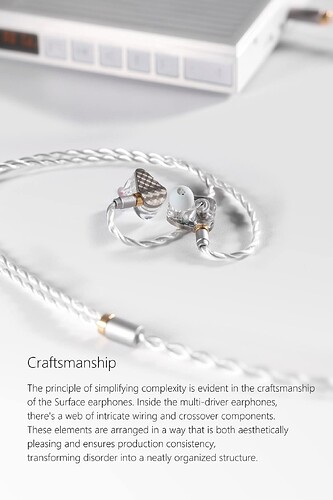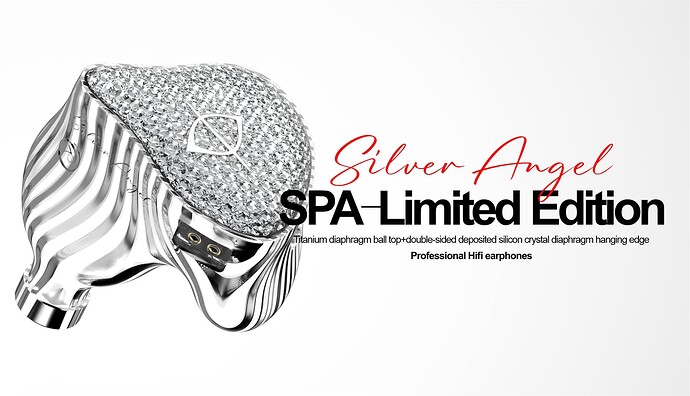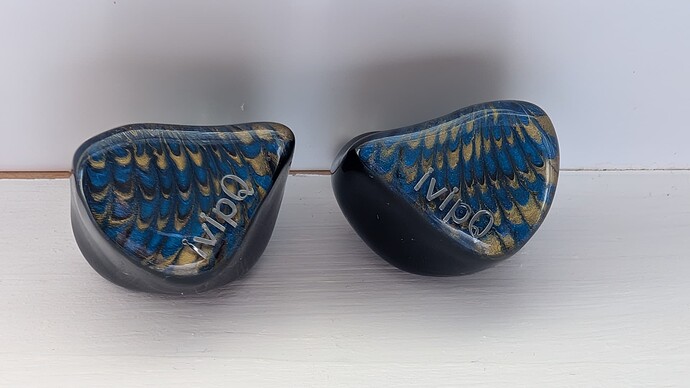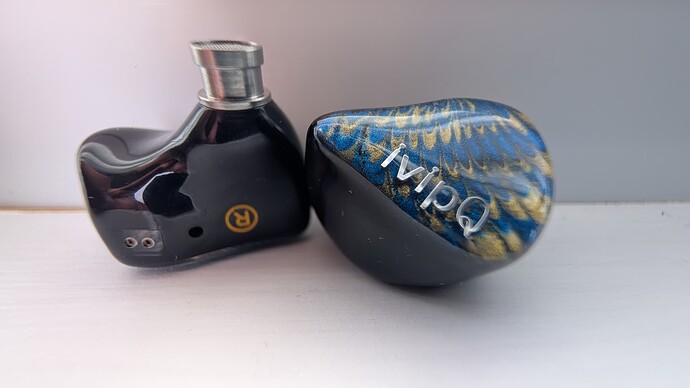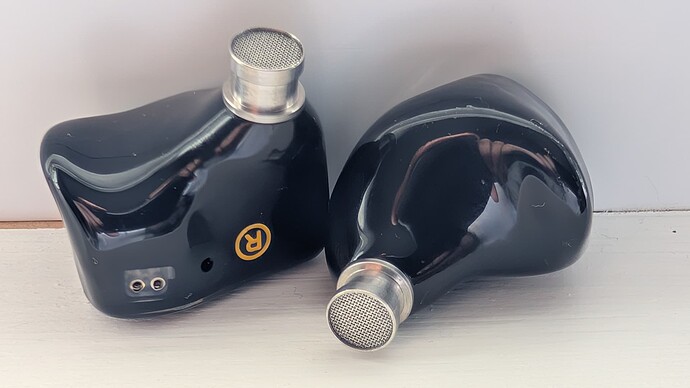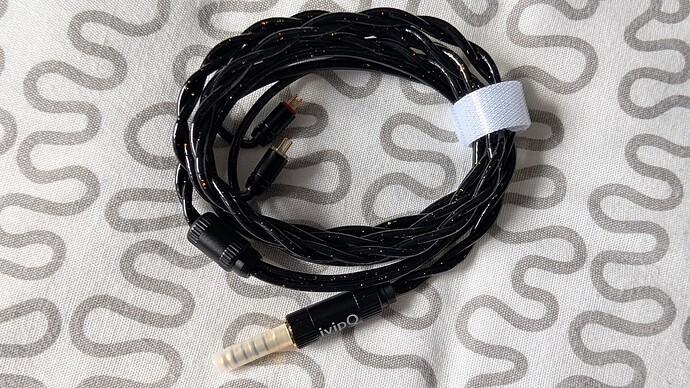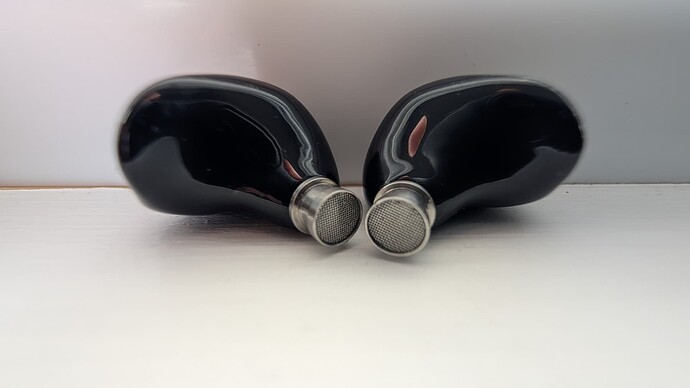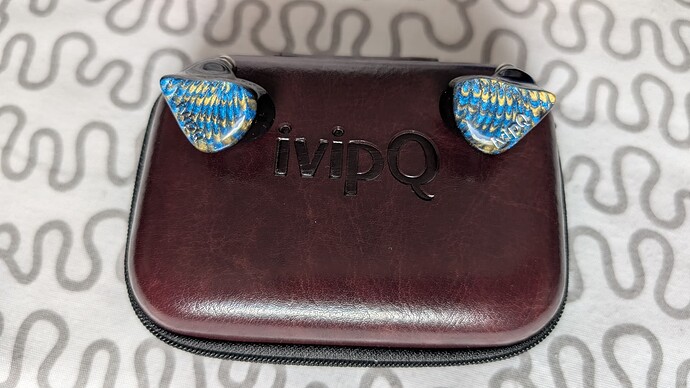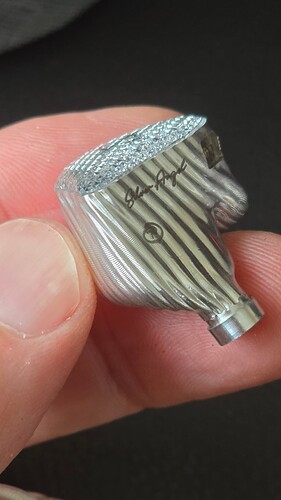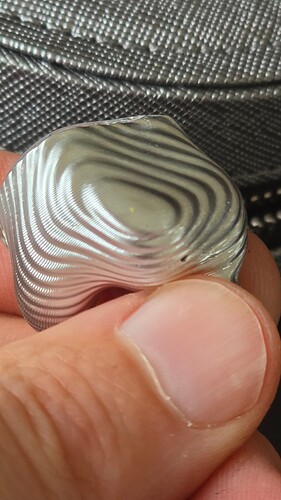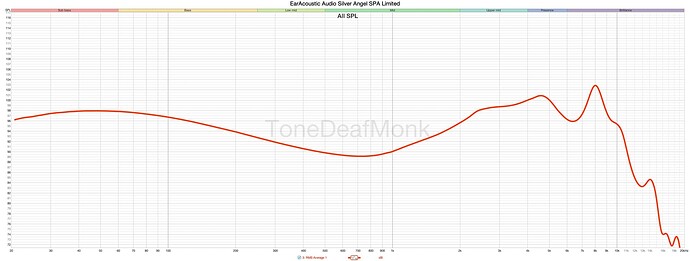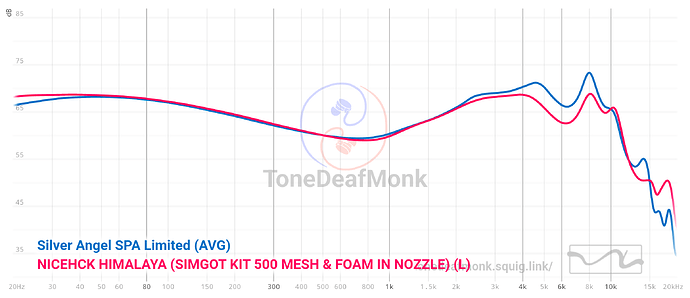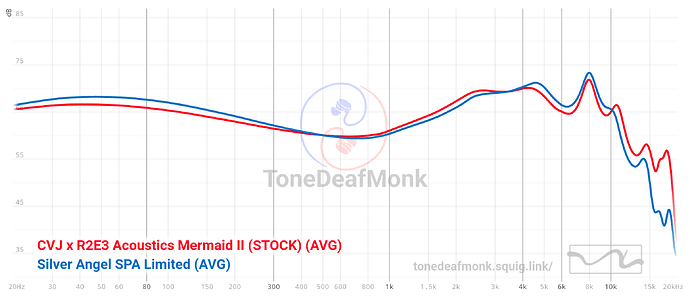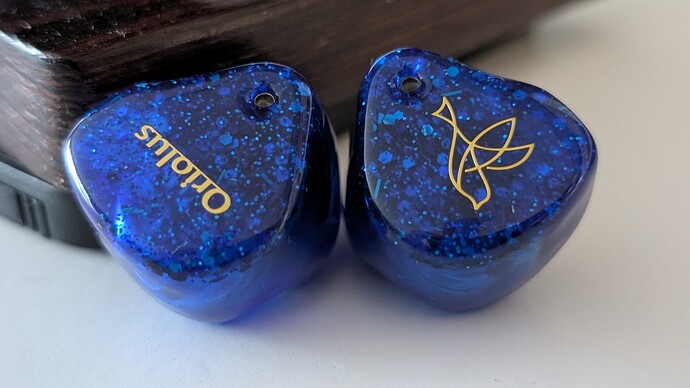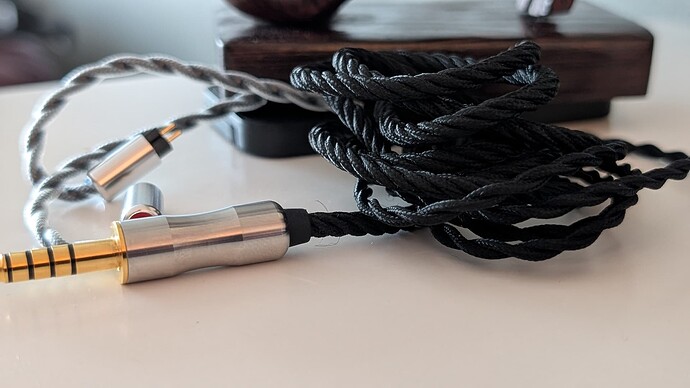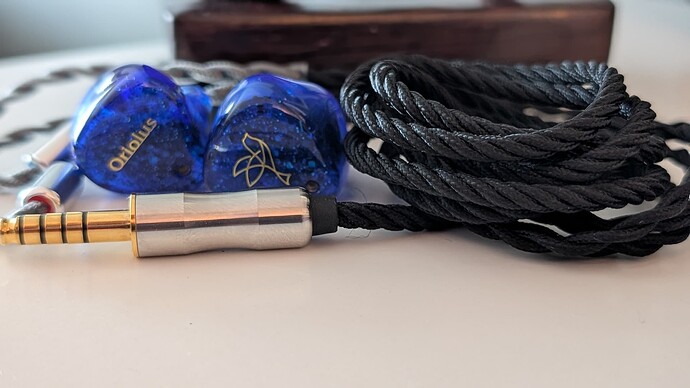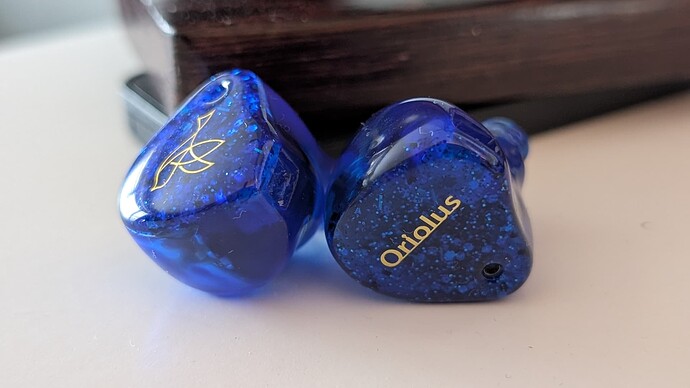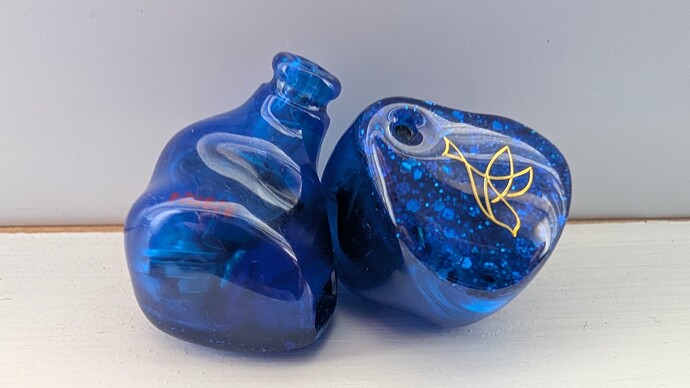Oriolus Szalayi – Eminent Musicality with Bass Icing
PREAMBLE:
This is my first exposure to the Oriolus brand name. They are a manufacturer of a number of different audio related products the Szalayi being the 2nd least expensive at $890 USD, of their iem line. Based in Japan, Oriolus’s iem product line starts from the Isabellae at $685 USD to the $10,600 USD Trailii.
The Szalayi’s 3-way hybrid driver compliment includes a single Balanced Armature, a 14mm Planar and a single 10mm Dynamic Driver per side. All these housed in a beautiful resin shell. These are three different driver technologies and what Oriolus has managed to accomplish, in magnificent fashion, is to seamlessly blend all of this into a cohesive and superbly satisfying sound experience.
With respect to tuning, the Szalayi offers a bass leaning sound with exceptional midrange and treble clarity. While bassheads may appreciate what this iem brings to the table, I am actually uncomfortable calling the Szalayi “Basshead” simply because that would be putting the sound signature expectations of this fantastic iem in a mental box. The Szalayi is so much more than that term gives it credit for. It is an iem which blesses the ears with exceptional clarity of sound, while being able to produce all the bass that a track may require. The bass produced is not the “in your face” type but one that while being definitely present, serves to fill out the sound in a solid fashion.
SPECS:
Body Material: 3D Resin
Transducer Types(per CH): BA Driver*1
14mm Planar Diaphragm Driver*1
10mm Dynamic Driver*1
Sensitivity: 110dB/mW
Freq. Response: 10Hz~40kHz
Impedance: 10Ω
Cord: High grade pure OFC with silver-plated
Plug Type: 4.4mm Balanced
BUILD AND FIT:
The Oriolus Szalayi is a beautiful iem. The semi-transparent blue coloured resin shell is adorned with a faceplate of the same colour but imbedded with a sparkly material making for an attractive look. There also appears to be a functional vent on the faceplate. The nozzle is fashioned directly as part of the shell material. The finish is flawless as well.
I only received the iem and cable for this review and the cable itself is a fabric sheathed OFC with silver plating. The cable quality is good, as are the haptics being soft and flexible, yet there is nothing else special about it. It does seem out of place when comparing it with the iem it is included with. Not a big deal for me, as I am overflowing with quality cables, yet still something to mention.
SOUND:
Bass:
Bass is powerful and goes deep with a sub-bass emphasis over mid-bass. While the Szalayi’s low end could please the basshead masses, the level of control and musicality sets itself apart from the majority of earphones who would also claim that label. I would even label the bass as analogue like in its presentation.
The fact that while clearly capable of great baas output, the low end does not impede the rest of the frequency range is a major plus. The low end has notable meat and thickness to it but not scarifying clarity or texturing. When listening to “Angel” by Massive Attack the driving bassline was delivers with great authority but the texture was clearly heard. Listening to “Inside Stuff” by Wayman showcased the musicality of the low end. The bass is quick with the bass guitar having excellent clarity and heft while not melding into the bass drum. Each element being distinct with their own clear nuances. Even with this meaty delivery the speed and articulation of the low end is still on another level.
The bass of the Szalayi is quite accomplished with a level of musicality thrown in that makes listening to my audio library almost a new experience again. All too often bass tuned earphones suffer sonically from a number of issues including the bass throwing a veil over the rest of the sound or bass quantity at the expense of quality. The Szalayi does NOT have any of these issues and at least with respect to the “Basshead” iems that I have heard is the best example of such. Bass is not delivered in “Bass Cannon” style but with all that power yet great poise as well. Well Done!
Midrange:
The Oriolus Szalayi has on offer a balanced midrange that sounds beautifully open with great clarity. There is a good quantity of both macro and micro details here. Midrange delivery is natural and organic with both male and female vocals benefiting.
The midrange does have some warmth to it which adds to its organic nature. Tracey Thorn’s vocal on “Protection” by Massive Attack were more immediate than recessed with all the nuances on clear display. “Tenderhearted Lover” by John Stoddart was relayed with the same treatment. Great clarity and natural weight that was more than pleasing. “Here I come” by Denis Brown followed suit with the same clarity and a lushness that was heard in the other tracks.
The amount of note weight brought a smile to my face being never at the expense of clarity or snap. The space around vocals and instruments in the midrange is palpable. All this combined with great timbre make for an organic presentation that really drags the listener into the music willingly with ease and is quite engaging. Transients were relayed with and unrestrained and natural quality to them that is very pleasing.
Layering and separation were also on point with the ability of the Szalayi to portray the air and space around the instruments on full display. There was never a hint of congestion even on crowded tracks. The ability to convey the silence between notes is something that is unfortunately frequently overlooked by many. All too often even more expensive earphones do not relay this well. This silent space between notes adds immensely to the sense of naturalness of sound and really draws me in. The Szalayi is quite accomplished in this regard.
The midrange offered by the Oriolus Szlayi is effortless, engaging and eminently satisfying. This is an iem that will spoil its owners and make it hard for other earphones to be pulled out of that iem drawer and into the ear in its stead. It is that good.
Treble:
The treble is fairly extended with natural quantities of sparkle and air. I just recently had been listening to another iem which had what I though was great treble. The Szlayi did not change my mind about that previously heard iem but it shifted my expectations upward as to what quality treble means.
The treble has pleasing energy, not being overdone by any means. Detail retrieval is very good as well. What really hit me though is how natural the treble region sounds. It’s hard to put into words really but the treble here has an organic nature about it that I have not heard in what seems like forever. Cymbals are rendered with great fidelity as is the resonance from acoustic guitar for example. More so than I have heard in a long while.
The space around the treble is palpable which in no small part enhances even more the open sounding nature of the sonics. I am impressed by the treble that the Szalayi produces. It is so natural and soothing I really have nothing but praise to offer.
IMAGING AND SOUNDSTAGE:
Szalayi offer and well sized soundstage with pinpoint imaging. When listening to well recorded albums such as “Waves” by Eden Atwood, I found myself listening to the whole release instead of just the few tracks I usually use for iem evaluations. The soundstage is all about musicality and it will get the listeners attention by it’s unrestrained presentation.
The Szalayi’s ability to render space and placement is something that many more expensive iems I have heard have maybe done well, but most not this well. Width, depth and height are all present in again, natural proportions.
CONCLUSION:
The Oriolus Szalayi is simply stated, a fantastic iem. It has completely realigned what a “basshead” capable iem can sound like. The Szalayi sounds like music and is all about being musical in doing so.
This is not a reference tuned iem, whatever that means, but one that the Oriolus’s obviously capable tuners have designed for the pure enjoyment of music. It has quickly vaulted itself into my top tier if iems that I have been privileged to hear. This is no small feat as I’ve now listened to a good number of them.
Let me put it this way. At $890 USD, I consider the Szalayi a true audio bargain. Emotional involvement in music is priceless and the Oriolus Szalayi does this effortlessly. While Oriolus may not be a well-known brand, they deserve to be. I give the Szalayi my highest recommendation, reserved only for the truly musical earphones and rare indeed. 5 stars without question.
If you are in the market for an iem in this price range, do yourself a favour and consider the Oriolus Szalayi. It is a true gem for music lovers.
**In North America the Oriolus Szalayi is available at Music Tec.

